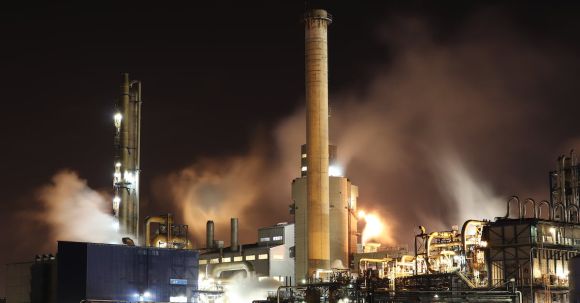Introduction
Throughout history, petroleum has played a vital role in shaping the modern world. From fueling transportation to powering industries, petroleum has become an indispensable resource. The process of discovering and extracting petroleum, known as petroleum exploration, has evolved significantly over the years. In this article, we will explore some of the key milestones in modern petroleum exploration, highlighting the remarkable achievements that have revolutionized the industry.
The Birth of Seismic Technology
In the early 20th century, seismic technology emerged as a groundbreaking technique in petroleum exploration. By sending sound waves into the ground and measuring their reflections, geophysicists were able to map subsurface rock formations and identify potential oil and gas reservoirs. This innovation marked a significant turning point, as it allowed for more accurate predictions of the presence and extent of petroleum reserves.
Offshore Drilling: Unlocking Hidden Treasures
As onshore reserves became increasingly depleted, the focus shifted to offshore drilling. In 1947, the first successful offshore oil well was drilled in the Gulf of Mexico, ushering in a new era of exploration. This breakthrough opened up vast untapped resources beneath the ocean floor, expanding the possibilities for petroleum production. Today, offshore drilling accounts for a significant portion of the world’s oil and gas supply.
3D Seismic Imaging: A New Dimension of Exploration
Building upon the success of traditional seismic technology, the development of 3D seismic imaging revolutionized petroleum exploration. By capturing a three-dimensional representation of subsurface structures, this technique provided even greater accuracy in locating and evaluating hydrocarbon reservoirs. The ability to visualize the subsurface in detail enhanced the efficiency of drilling operations, reducing costs and increasing success rates.
The Rise of Remote Sensing
In recent years, remote sensing technologies have emerged as powerful tools in petroleum exploration. Satellites equipped with advanced sensors can detect surface features and anomalies that may indicate the presence of oil and gas reservoirs. This non-invasive approach allows for large-scale surveys, covering vast areas in a short period. Remote sensing has proven particularly useful in identifying potential exploration targets in remote and inaccessible regions.
Deepwater Exploration: Pushing Boundaries
As technology advanced, the industry turned its attention to the vast potential of deepwater exploration. The ability to access oil and gas reserves in water depths exceeding 500 meters opened up a whole new frontier. Deepwater drilling rigs, capable of withstanding harsh environments, were developed to extract resources from these challenging depths. This expansion into deepwater territories has significantly increased global petroleum reserves.
Unconventional Resources: Tapping into New Reserves
In recent years, the focus has shifted towards unconventional resources, such as shale oil and gas. The development of hydraulic fracturing, or fracking, has allowed for the extraction of hydrocarbons trapped in dense rock formations. This breakthrough has unlocked vast reserves that were previously considered uneconomical to produce. The utilization of unconventional resources has had a profound impact on global energy markets, reducing dependence on traditional oil-producing regions.
Conclusion: A Never-Ending Journey
The milestones in modern petroleum exploration have transformed the industry, pushing the boundaries of what was once thought possible. From seismic technology to deepwater drilling and unconventional resources, each discovery has brought us closer to unlocking the full potential of our petroleum reserves. As we celebrate these achievements, it is important to remember that the journey of exploration continues. New technologies and innovations will undoubtedly shape the future of petroleum exploration, ensuring a steady supply of this vital resource for generations to come.





